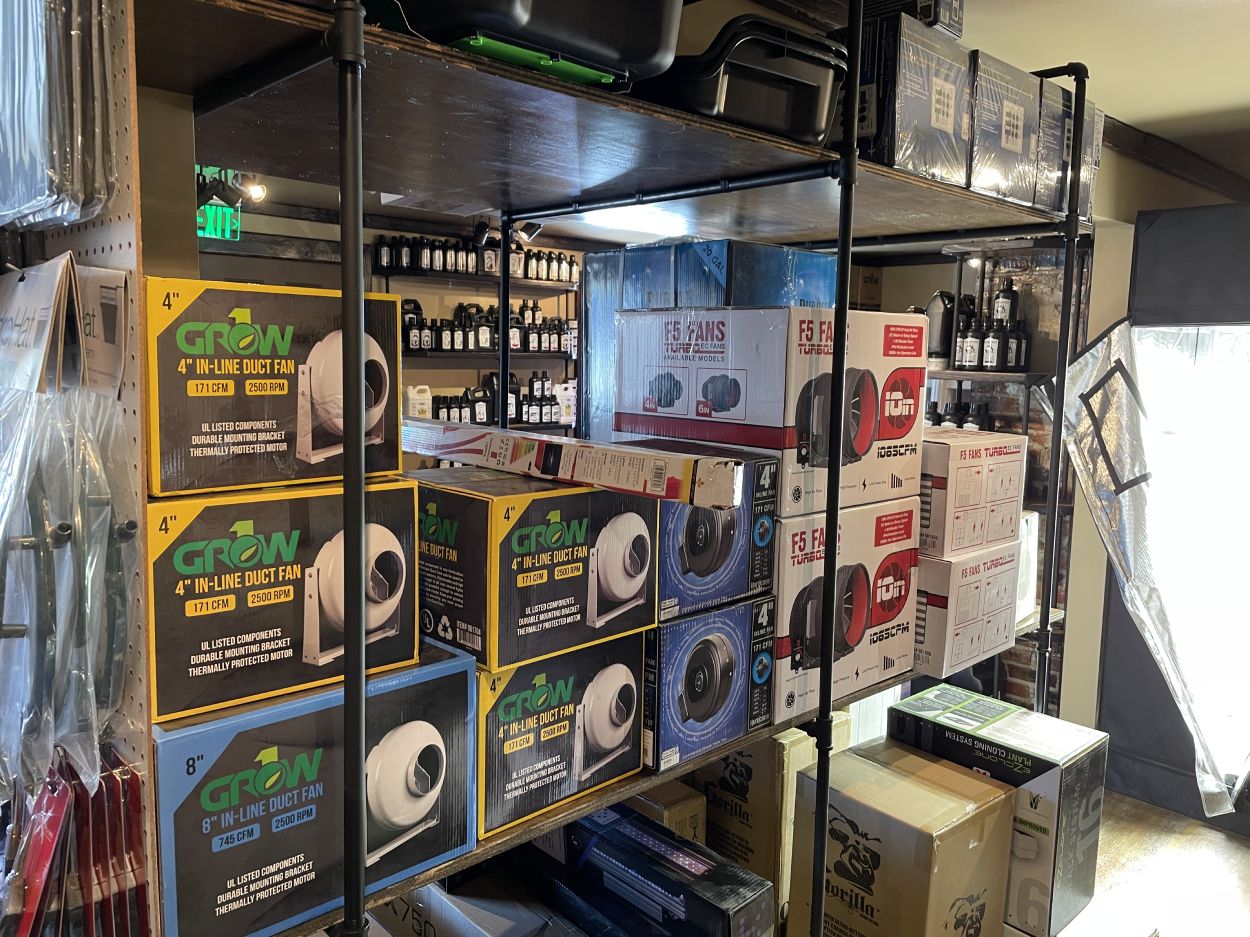The Indoor Earthworm: The Unsung Hero of Indoor Composting
The Indoor Earthworm: The Unsung Hero of Indoor Composting
Blog Article
The Ultimate Guide to Hydroponic Systems and Techniques
In the world of modern-day farming, hydroponic systems have arised as an innovative technique for cultivating plants without soil. As we discover the intricacies of hydroponics in this thorough guide, we will navigate through the various types of systems, explore the essential nutrients vital for plant growth, and dive into innovative methods that can dramatically improve returns.
Advantages of Hydroponic Equipments
Hydroponic systems offer a wide variety of benefits, including reliable source utilization and exact nutrient delivery to plants. By giving a controlled environment for plant growth, hydroponic systems make it possible for ideal water and nutrient usage, resulting in higher yields compared to conventional soil-based cultivation. This efficiency not just preserves resources however also decreases waste, making hydroponic systems ecologically pleasant.
Moreover, the accurate delivery of nutrients in hydroponic systems enables personalization based on the details requirements of each plant variety. This targeted method makes certain that plants get the appropriate equilibrium of crucial nutrients, promoting much healthier development and minimizing the danger of nutrient deficiencies or inequalities. Furthermore, the capacity to adjust and keep an eye on nutrient degrees in real-time maximizes plant efficiency and total plant top quality.
Additionally, hydroponic systems eliminate the need for herbicides and pesticides, as the closed-loop system minimizes the risk of insects and diseases that are typically discovered in soil-based agriculture - The Indoor Earthworm. This not just profits the plants and the setting however also contributes to creating cleaner, much healthier plants for usage
Kinds Of Hydroponic Setups

Deep Water Society (DWC) involves putting on hold plant roots in a nutrient option, permitting ample oxygenation. Nutrient Film Method (NFT) uses a shallow stream of nutrient solution moving over the plant origins, providing a continuous supply of nutrients. Ups and downs systems flooding the plant origins at intervals, guaranteeing they obtain nutrients and oxygen. Leak systems entail leaking a nutrient option onto the plant roots, offering accurate control over feeding. Aeroponics mists the plant origins with a nutrient service, taking full advantage of oxygen absorption.
Each kind of hydroponic setup has its advantages and is matched to different plant varieties and development phases. Comprehending the distinctive features of these systems can help hydroponic growers select the most suitable configuration for their particular requirements and choices.
Essential Nutrients for Hydroponics
In hydroponic systems, plants count on an exact equilibrium of vital nutrients to thrive and grow successfully. These vital nutrients are vital for various plant functions such as photosynthesis, root growth, and total growth. visit site The primary macronutrients needed by plants in hydroponic systems are nitrogen, potassium, and phosphorus. Nitrogen is necessary for leafy green growth, phosphorus aids in origin development and flower/fruit production, while potassium helps in overall plant health and condition resistance.
Along with macronutrients, plants likewise require second nutrients like sulfur, magnesium, and calcium, as well as trace elements such as iron, copper, zinc, and manganese (The Indoor Earthworm). These nutrients are vital for ensuring that plants have all the required foundation to perform crucial organic processes

Advanced Strategies for Maximum Yield
To achieve optimal yields in hydroponic systems, growers can implement sophisticated strategies that enhance plant growth and performance. Furthermore, employing techniques like plant training and trimming can aid enhance light circulation and air movement, making sure that all parts of the plant obtain sufficient light and nutrients. Making use of automated systems for nutrient distribution and surveillance can help keep optimal nutrient degrees, reducing the threat of shortages or discrepancies that can impede plant growth.
Troubleshooting Common Hydroponic Issues
One prevalent trouble is nutrition deficiencies, where plants lack essential aspects for healthy development. Keeping the proper pH array specific hop over to these guys to the plant being expanded is essential for optimum nutrient uptake. By quickly determining and dealing with these usual hydroponic concerns, farmers can maintain healthy and balanced plants and maximize yields in their hydroponic systems.
Conclusion
In verdict, hydroponic systems provide various advantages for growing plants effectively. With cautious preparation and interest to information, hydroponic systems can transform the way plants are cultivated, leading to even more effective and sustainable agricultural methods.
By providing a regulated environment for plant development, hydroponic systems enable optimal water and nutrient use, leading to navigate to this website higher returns compared to conventional soil-based farming. The Indoor Earthworm. Nutrient Film Technique (NFT) uses a superficial stream of nutrient option moving over the plant origins, supplying a continuous supply of nutrients. Tracking and adjusting nutrient levels based on plant growth stages is crucial to protecting against nutrient deficiencies or toxicities and optimizing plant efficiency in hydroponic systems
Additionally, utilizing methods like plant training and pruning can aid optimize light circulation and airflow, making sure that all components of the plant receive ample light and nutrients. Using automated systems for nutrient shipment and monitoring can assist keep ideal nutrient levels, lowering the danger of shortages or inequalities that can impede plant growth.
Report this page